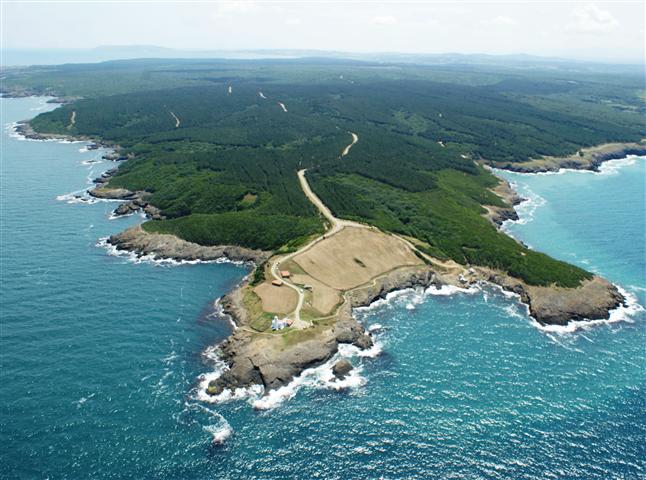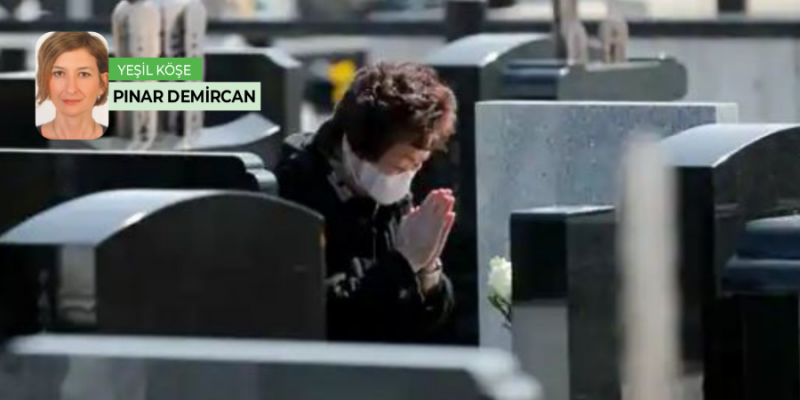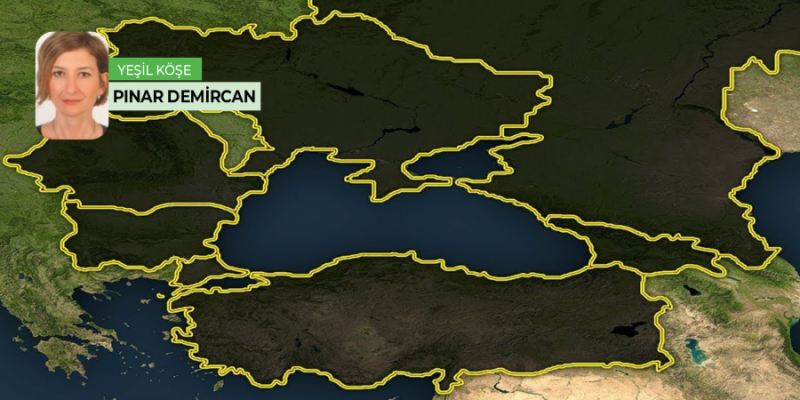
After the withdrawal of Japanese Company Mitsubishi, the Sinop nuclear project of Turkey continues with the approval of the EIA which was based on the intergovernmental agreement with Japan and without a new company to be assigned for the construction of reactors!
For the first time in history, Turkey approached its ideal of owning a nuclear power plant with an intergovernmental agreement signed with Russia in 2010 for the Akkuyu Nuclear Power Plant Project. 1 month after the Fukushima Nuclear Disaster a 159-kilometer human chain was formed from Mersin city center to the Akkuyu Nuclear Power Plant project site. Research conducted by Greenpeace in 2012 indicated that the existing nuclear opposition all over the country to 85% after the beginning of the Fukushima Nuclear Disaster. Despite Fukushima Nuclear Disaster, the Turkish government declared that the Akkuyu NPP which was expected to be abandoned would continue, moreover, the second NPP project would be realized by Japan in Sinop city. It seemed that Japan closed all its reactors soon after Fukushima Nuclear Disaster was in the need of a new platform to make use of its nuclear technology.
On the other hand, the citizens of Sinop have been opposing the idea of a nuclear power plant construction in their city since the 1990s. In 2006 a rally was organized in Sinop with the participation of 20 thousand people from all over the country. Since Sinop was one of the cities where the Chernobyl effects were heavily experienced citizens were aware of the risks of the nuclear power plant. In fact, this was not different for the rest of the country. Despite strong opposition to this project, an intergovernmental agreement was signed between Turkey and Japan in 2013 and Mitsubishi was assigned to establish 4 reactors of 4560MW via a Built -Own-Operate type agreement. These reactors would be constructed via a consortium of French Areva -Japanese Mitsubishi as ATMEA-1 which has no trial yet.
Mitsubishi made preparations for the nuclear power plant project in Sinop for 5 years, including ground studies. As a result of the studies carried out to determine the seismicity in Sinop in 2014, explanations were made that made the earthquake as small as 400 GAL in Turkey. However, Turkey and Japan’s anti-nuclear counterparts clearly stated that Turkey is an earthquake country at least as much as Japan and that seismicity cannot be underestimated. During 5 years of Mitsubishi’s presence in Sinop 1 million trees were cut in the area of 1415 stadiums that resulting in an environmental massacre. The first movement for this action was started by the transfer of 10 square kilometers of land from the Ministry of Agriculture and Forestry to the Ministry of Energy. Saying that the project would not be harmful to adjacent to subsistence works such as agriculture, animal agriculture, and fishing in nearby villages as well and friendly to its neighbor Hamsaros National Nature Conservation Area, even the preparation process showed the opposite. As a result of this in 2015 at the 29th Anniversary of the Chernobyl Nuclear Disaster, there were 30 thousand people gathered in the rally and it was also published in Japan days in the following month. Towards the end of 2018, it was announced that the price of the Sinop nuclear project, which had not even been licensed yet, was revised and doubled to 40 billion dollars. The Turkish government did not accept the price hike and announced the end of the agreement with Japan. Thus ending the project the Mitsubishi-Areva consortium which was commissioned in 2013 for the construction of reactors also ended.
Meanwhile, The Japanese Government, which was committed to realizing the Sinop nuclear power plant project with its share which would never be less than %51, has submitted the EIA application file. After Mitsubishi withdrew from the project, this application was filed by Assystem ENVY Energy and Environmental Investment on behalf of EUAS International ICC Sinop Nuclear Power Plant Jersey Islands Turkey Central Branch who later became the other party of the agreement with its %49 shares. But in the EIA there was no new company introduced to replace Mitsubishi. For this reason in the EIA Flamanville, 3 type reactor was declared as a “reference reactor” to evaluate the impact of the project on the environment while there is no technology investor company replacing Japanese Mitsubishi.
Undoubtedly, Japan’s withdrawal from the project was welcomed throughout Turkey. However, the way which was paved by Japan was not closed and this development did not prevent the EIA preparation file from turning into a final EIA application. Moreover, before the Japanese withdrew from the Intergovernmental agreement, the public was heavily prevented from all decision-making processes in an antidemocratic way. At first, the participation of the public that has to be done according to the EIA regulations was held by preventing the participation of the opposing public on the 6th of February 2018 and there were riot police attacks and tear gas used against the public. As a result of the government’s suppression of citizens, lawsuits were filed against 17 of them. Then in a similar anti-democratic way in 2019 the non-governmental organizations from Sinop were prevented from attending the Review and Evaluation Commission of EIA which was held in the capital city of Turkey, Ankara for Sinop NPP. When it was announced that the EIA was approved The Sinop Anti -Nuclear Platform as the leading group of the opposition in Sinop started a campaign and collected approximately 4 thousand dollars to put the final EIA decision into court for the judiciary process which is expected to be started by June 2021.
Obviously, Japan dragged Turkey which does not have a nuclear power plant, into a nuclear adventure and ignited another potential Fukushima in order to save the image of its nuclear technology which was distorted by the nuclear disaster.
Pınar Demircan
First published on CNIC in Japanese No 564 as the cover article in June 2021

